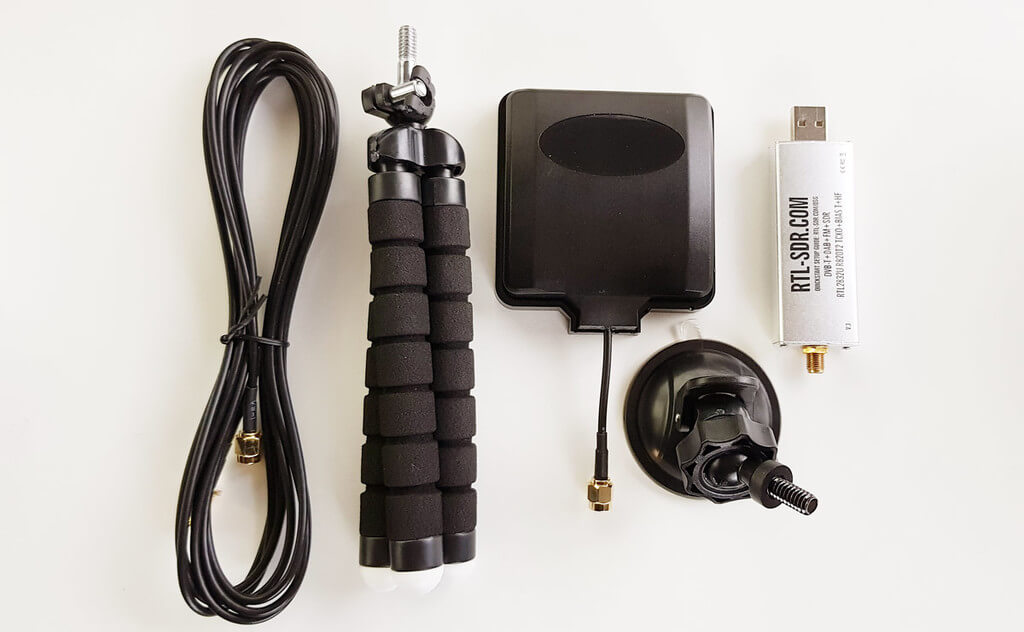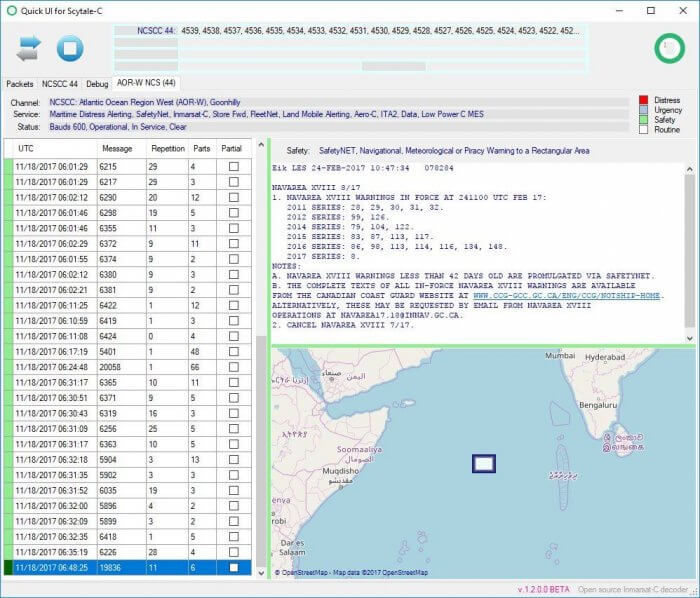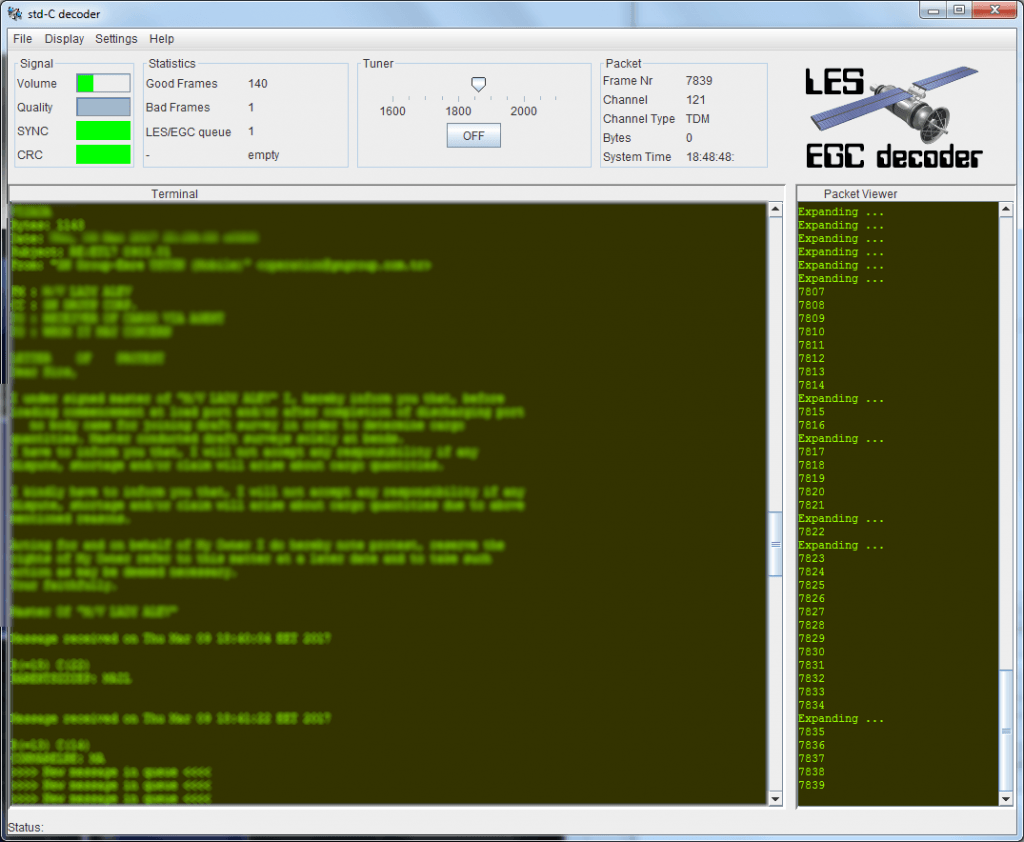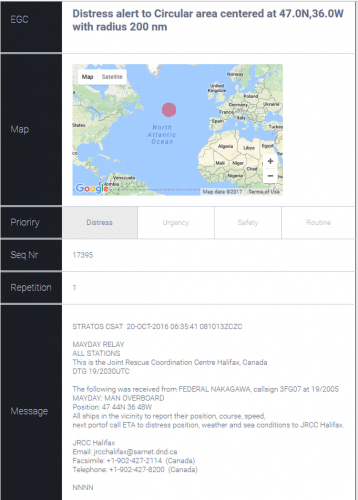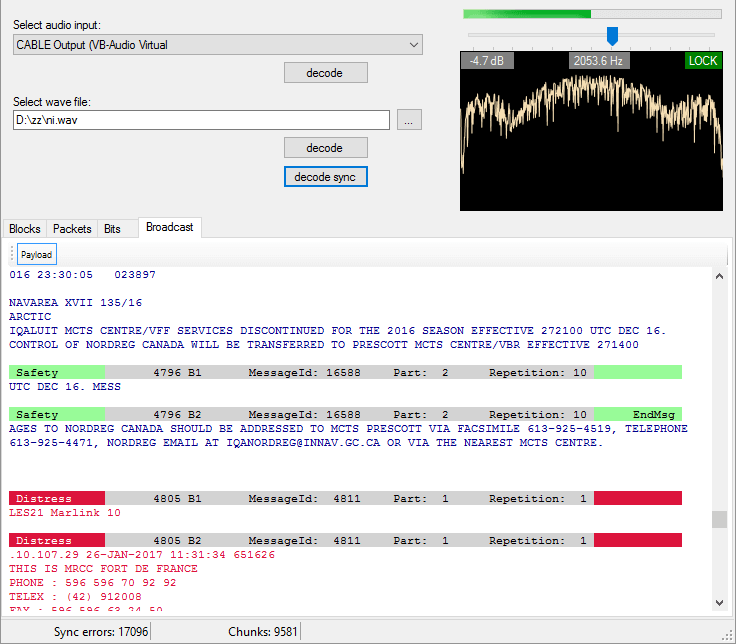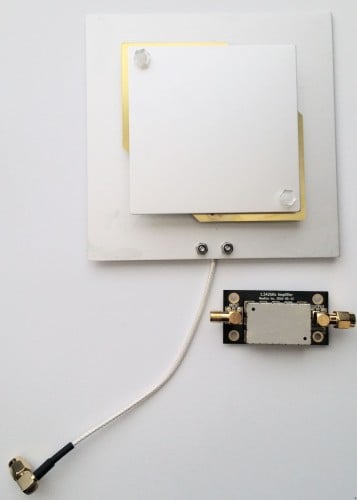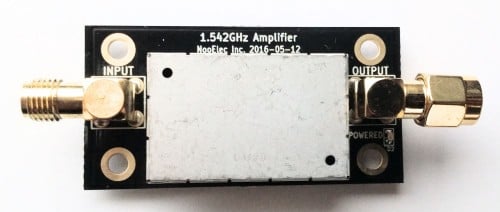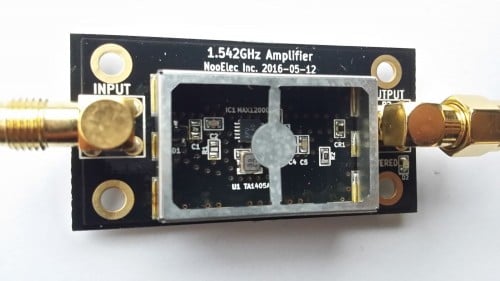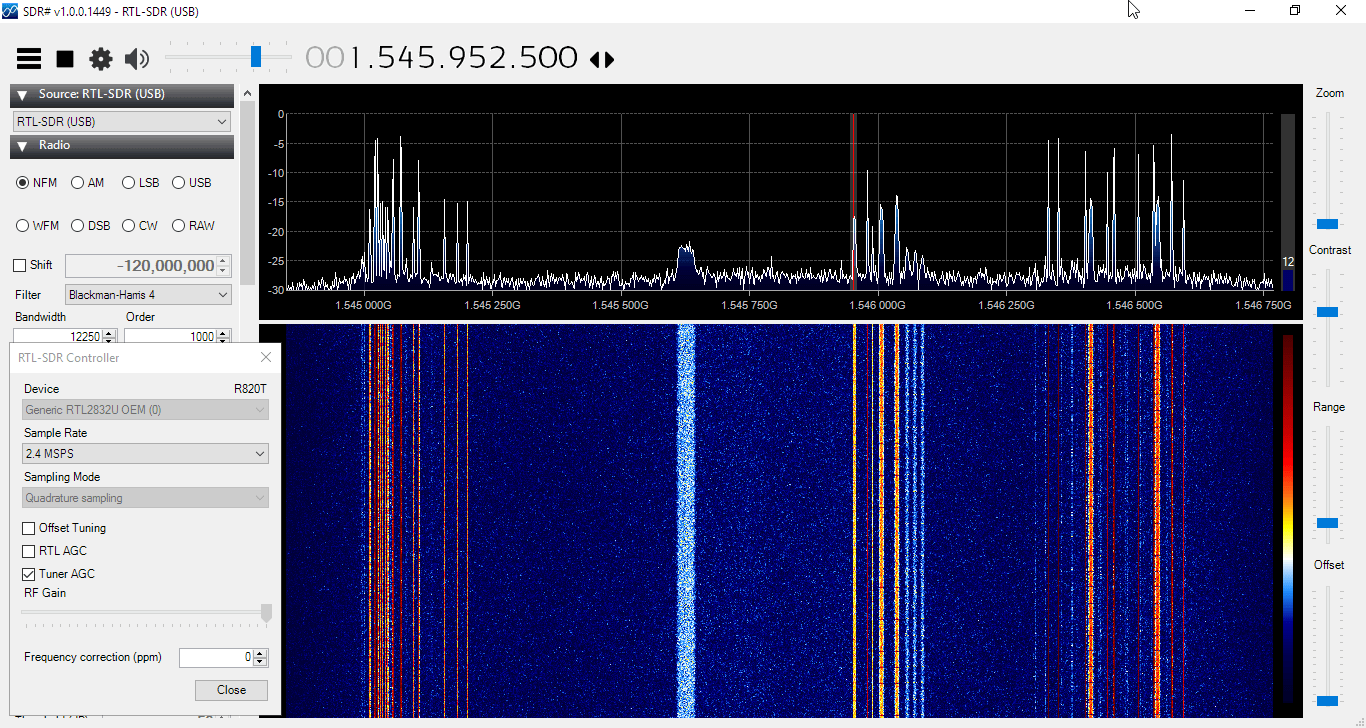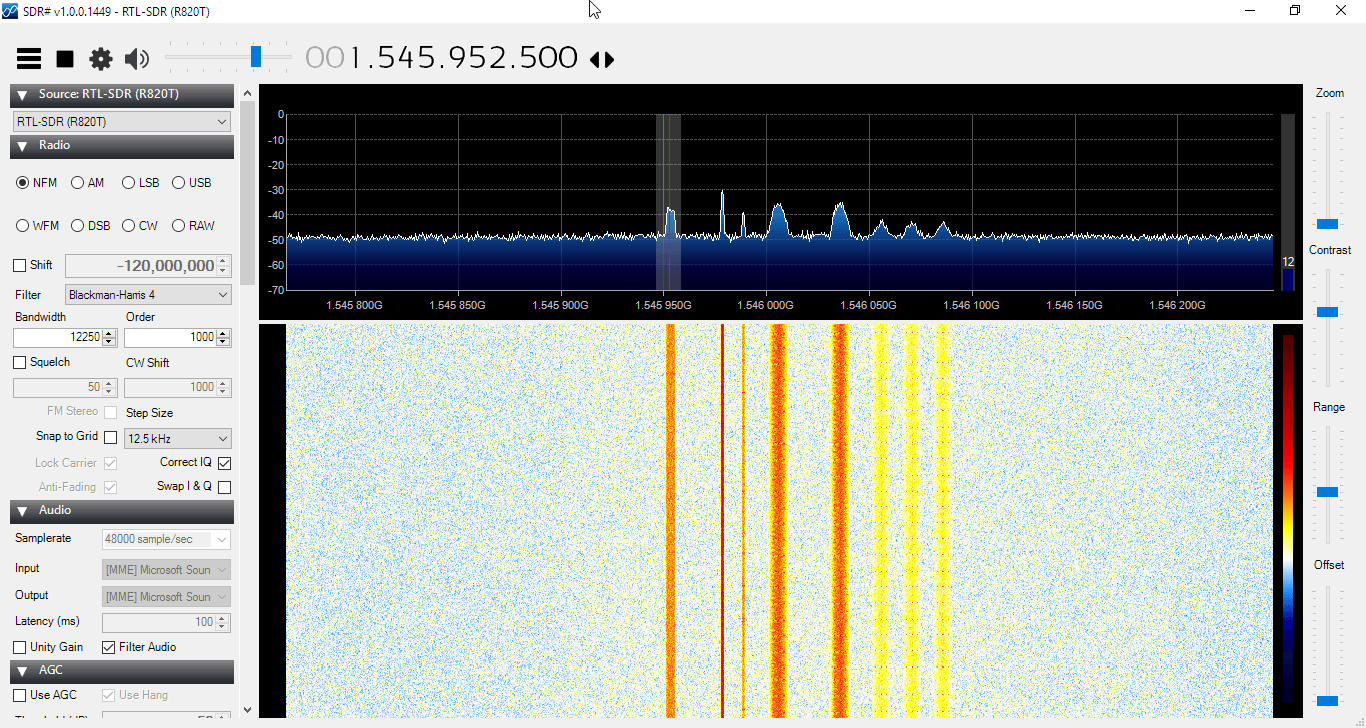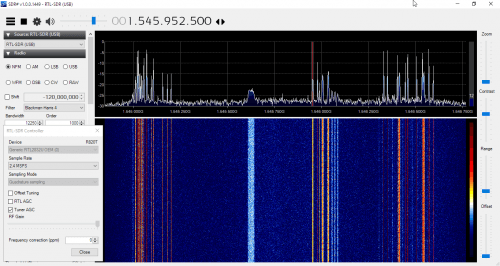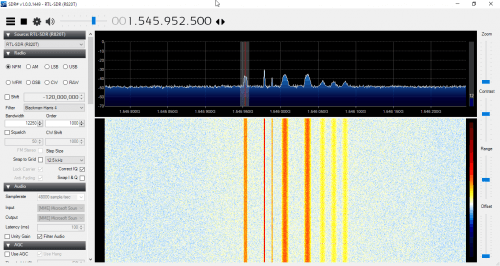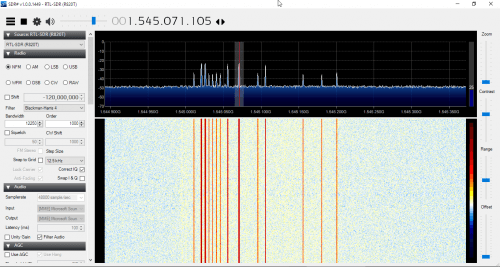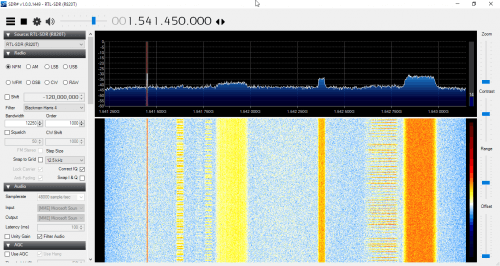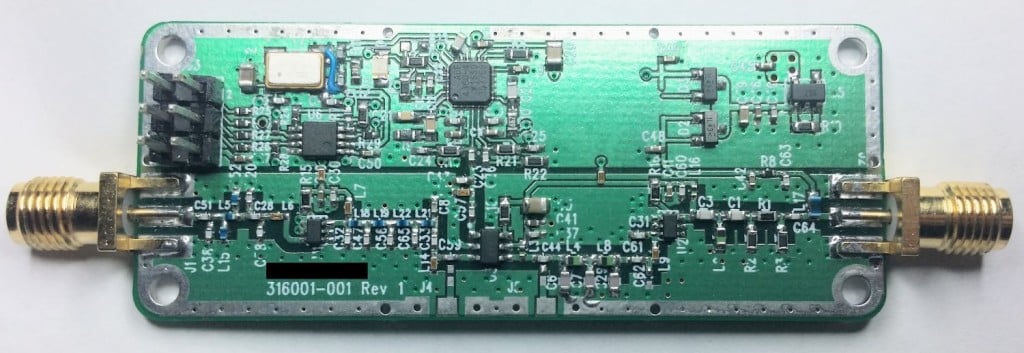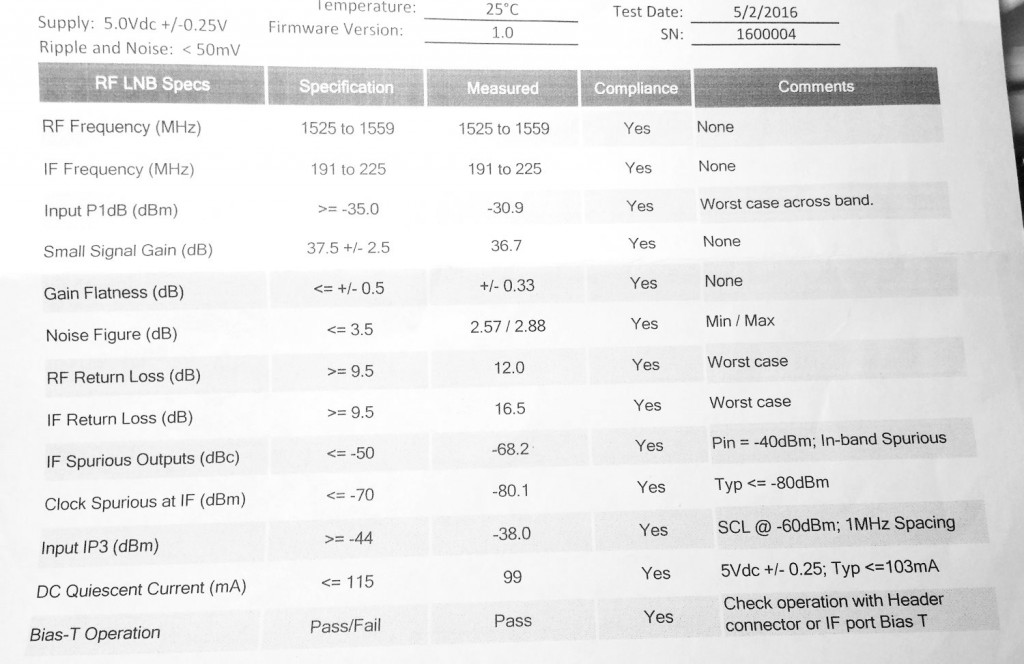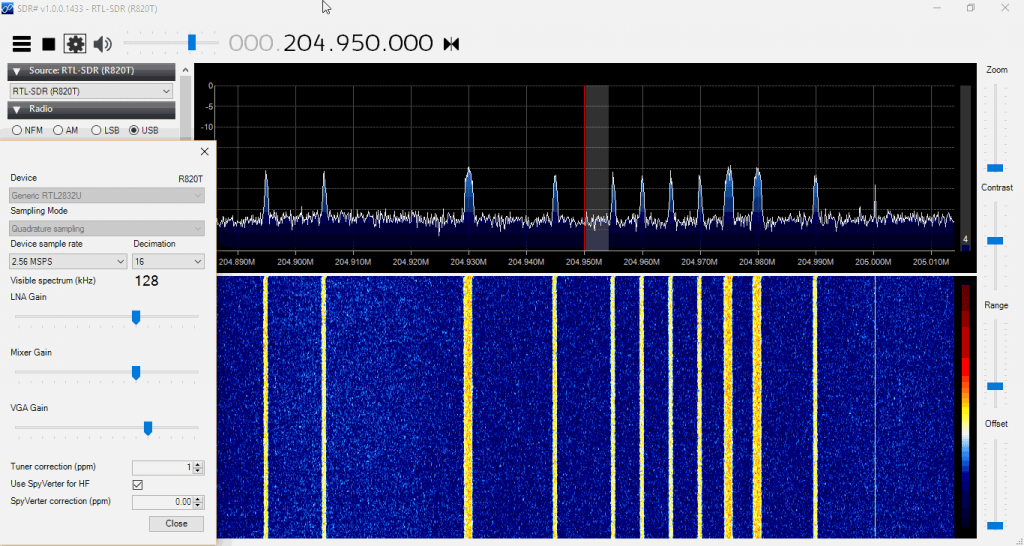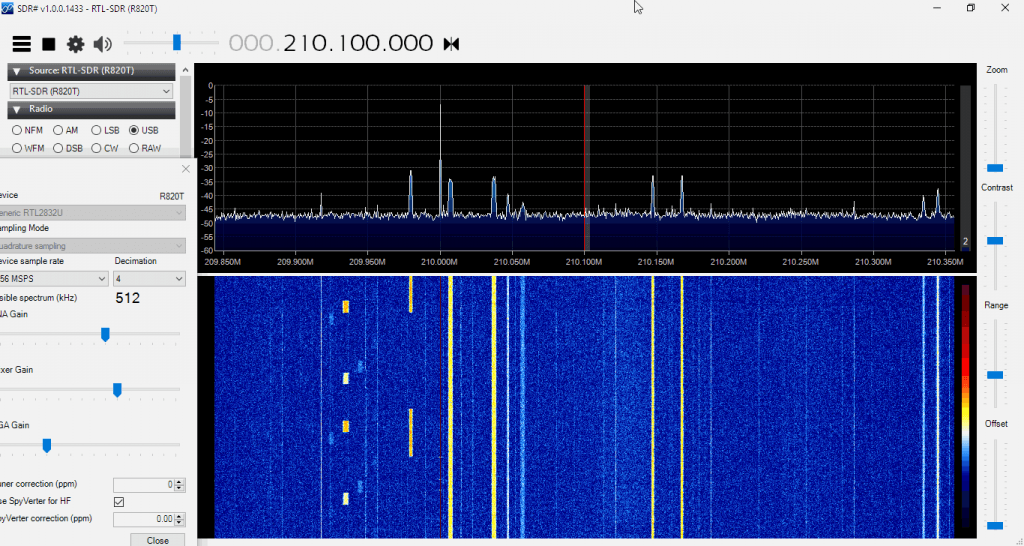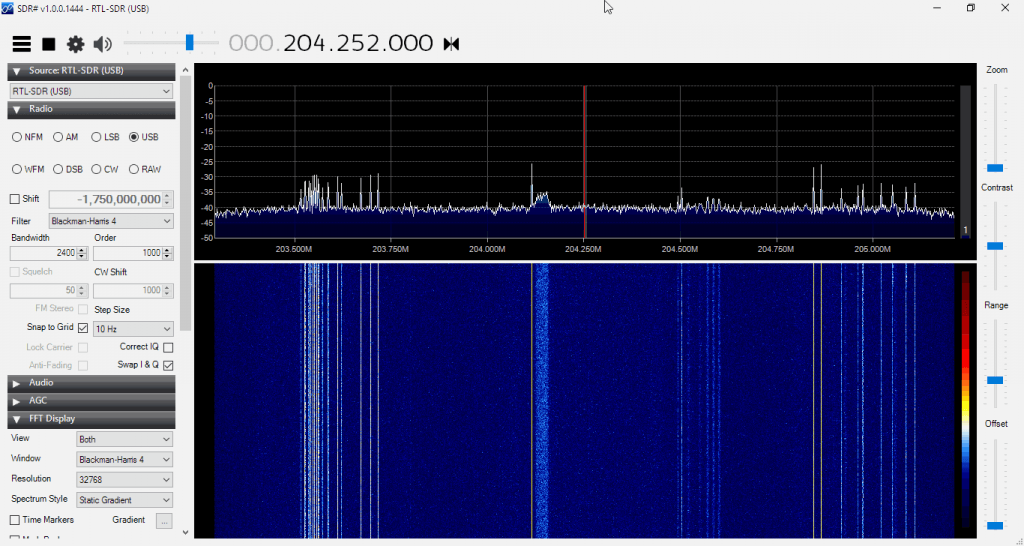Testing a PCB Patch Antenna and Radiosonde QFH Antenna for Inmarsat and Iridium Reception
Over on his YouTube channel Tech Minds has been testing some antennas for Inmarsat and Iridium L-Band satellite reception. Inmarsat is a satellite service that runs on geostationary satellites, and one can be received from almost anywhere in the world. There are various services, but the ones that are easily decodable are STD-C EGC and AERO. EGC contains text information search and rescue (SAR) and coast guard messages as well as news, weather and incident reports, and AERO is a form of satellite ACARS, and typically contains short messages from aircraft.
In the first video Tech Minds tests what appears to be an as of yet unreleased prototype PCB patch antenna being designed by NooElec. The PCB patch antenna is combined with a SAWBird Inmarsat LNA and an RTL-SDR. With it he's able to receive STD-C and AERO signals.
In the second video Tech Minds tests an L-Band QFH antenna salvaged from a Vaisala weather balloon radiosonde. The QFH is designed for GPS frequencies, but can potentially be used at the slightly higher Inmarsat and Iridium frequencies. Tech Minds combines the QFH antenna with a SAWBird Inmarsat LNA, but unfortunately finds that reception is too weak for any AERO decoding to be possible. However, when used on the higher Iridium frequencies the antenna works well, and he's able to decode packets with Iridium Toolkit.
RTL-SDR Blog L-Band Patch Antenna Preview
We note that over the last several months we have been working on our own L-band patch antenna that will cover Inmarsat, GPS and Iridium frequencies all in one. We expect manufacturing to be completed near the end of the month, or early next month.
The antenna is a ceramic patch, and will come in a waterproof enclosure. It will be possible to easily mount the antenna on a window or elsewhere using the standard suction cup and bendy legs tripod included with our dipole kits. Target price is US$39.95 including the suction cup, tripod, 2M coax and shipping, but we may have it initially on sale for a lower price.
This is cheaper than buying an Inmarsat & Iridium LNA, but a bit more than the SDR-Kits patches that they brought out a few weeks ago. Although performance of our patch is much better. Keep an eye out for the initial information post coming in the next few days.
